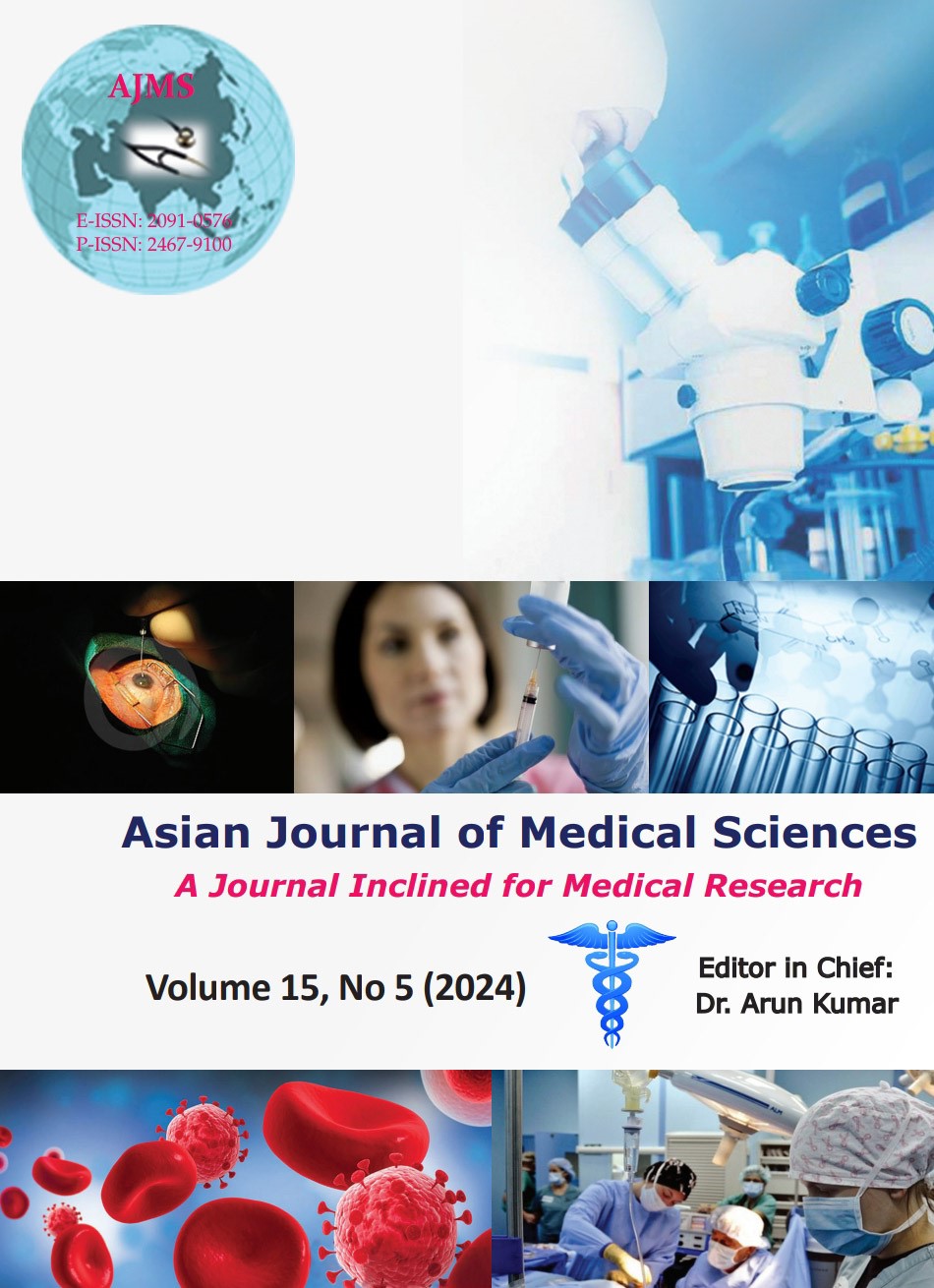Diaphragm ultrasound: A predictor of extubation in head injury patients
Keywords:
Diaphragmatic ultrasound; Diaphragmatic thickness; Inspiration; Expiration; Weaning; ExtubationAbstract
Background: Timing is critical when determining if a patient can be successfully extubated. The criteria for obtaining the optimal time for extubation are bare minimum and subject to variability. There are not many studies that are done to use diaphragm function or diaphragm thickness (Tdi) to have any role in extubation outcome as success or failure.
Aims and Objectives: The aims and objectives of the study are to apply diaphragmatic ultrasound as a predictor of extubation to reduce morbidity and mortality in these patients.
Materials and Methods: This study was conducted as a prospective single-blind study among patients admitted in post-anesthesia care unit and surgical intensive care unit, Department of Anesthesiology at Trauma care Centre during the study period of June 2019–November 2021. The ultrasonographer was informed of the intensivist’s decision to start weaning. Tdi is measured at end expiration and end inspiration. The percent change in Tdi between end expiration and end inspiration (ΔTdi%) was calculated as (Tdi end inspiration–Tdi end expiration/Tdi end expiration) ×100.
Results: Mean age was 46.2±15.2 years, ranging from 18 to 66 years. Tdi was above 30 in 64% cases, whereas Tdi% at end of expiration was above 0.17 cm in 62% cases. Weaning was successful in 78% cases whereas weaning failed in 22% cases. Weaning success rate was significantly associated with higher Tdi at end expiration (≥0.17 cm) (P<0.05).
Conclusions: Timely weaning off is very important. Delayed weaning may lead to further infection and complications. Diaphragmatic ultrasound plays a vital role in extubating the patient. Ultrasound-guided Tdi and diaphragm motion can be used as a predictor for timely extubation. Diaphragmatic thickness reflects the strength of diaphragm and hence would help us to estimate a successful extubation.
Downloads
Downloads
Published
How to Cite
Issue
Section
License
Copyright (c) 2024 Asian Journal of Medical Sciences

This work is licensed under a Creative Commons Attribution-NonCommercial 4.0 International License.
Authors who publish with this journal agree to the following terms:
- The journal holds copyright and publishes the work under a Creative Commons CC-BY-NC license that permits use, distribution and reprduction in any medium, provided the original work is properly cited and is not used for commercial purposes. The journal should be recognised as the original publisher of this work.
- Authors are able to enter into separate, additional contractual arrangements for the non-exclusive distribution of the journal's published version of the work (e.g., post it to an institutional repository or publish it in a book), with an acknowledgement of its initial publication in this journal.
- Authors are permitted and encouraged to post their work online (e.g., in institutional repositories or on their website) prior to and during the submission process, as it can lead to productive exchanges, as well as earlier and greater citation of published work (See The Effect of Open Access).




